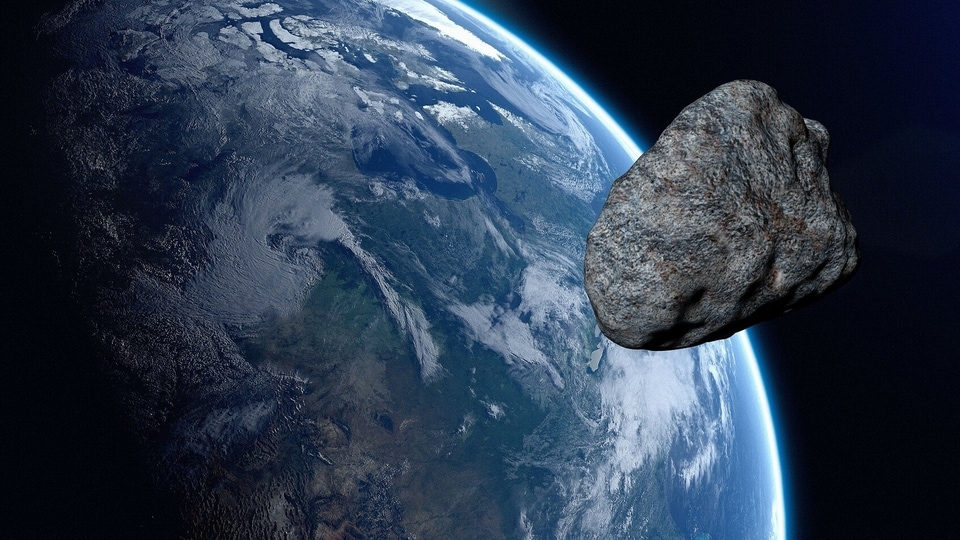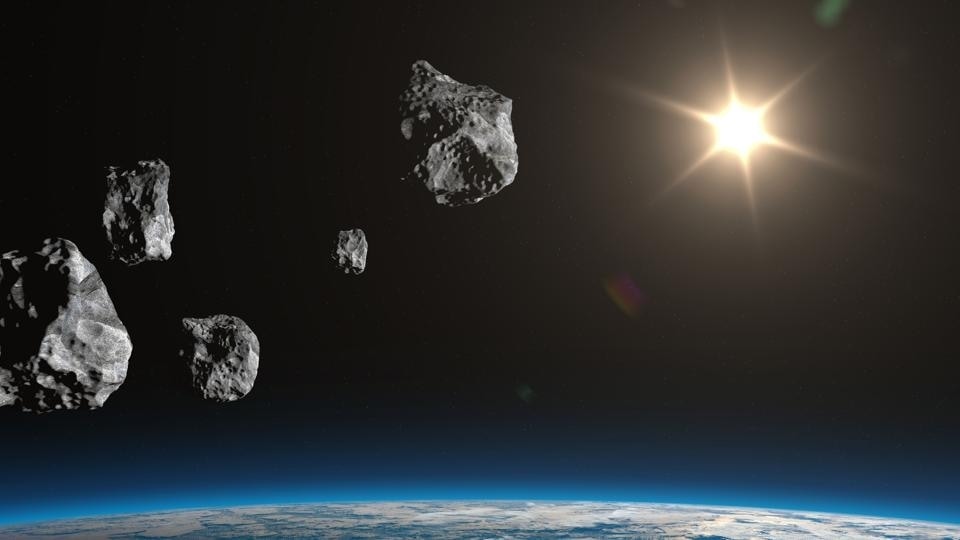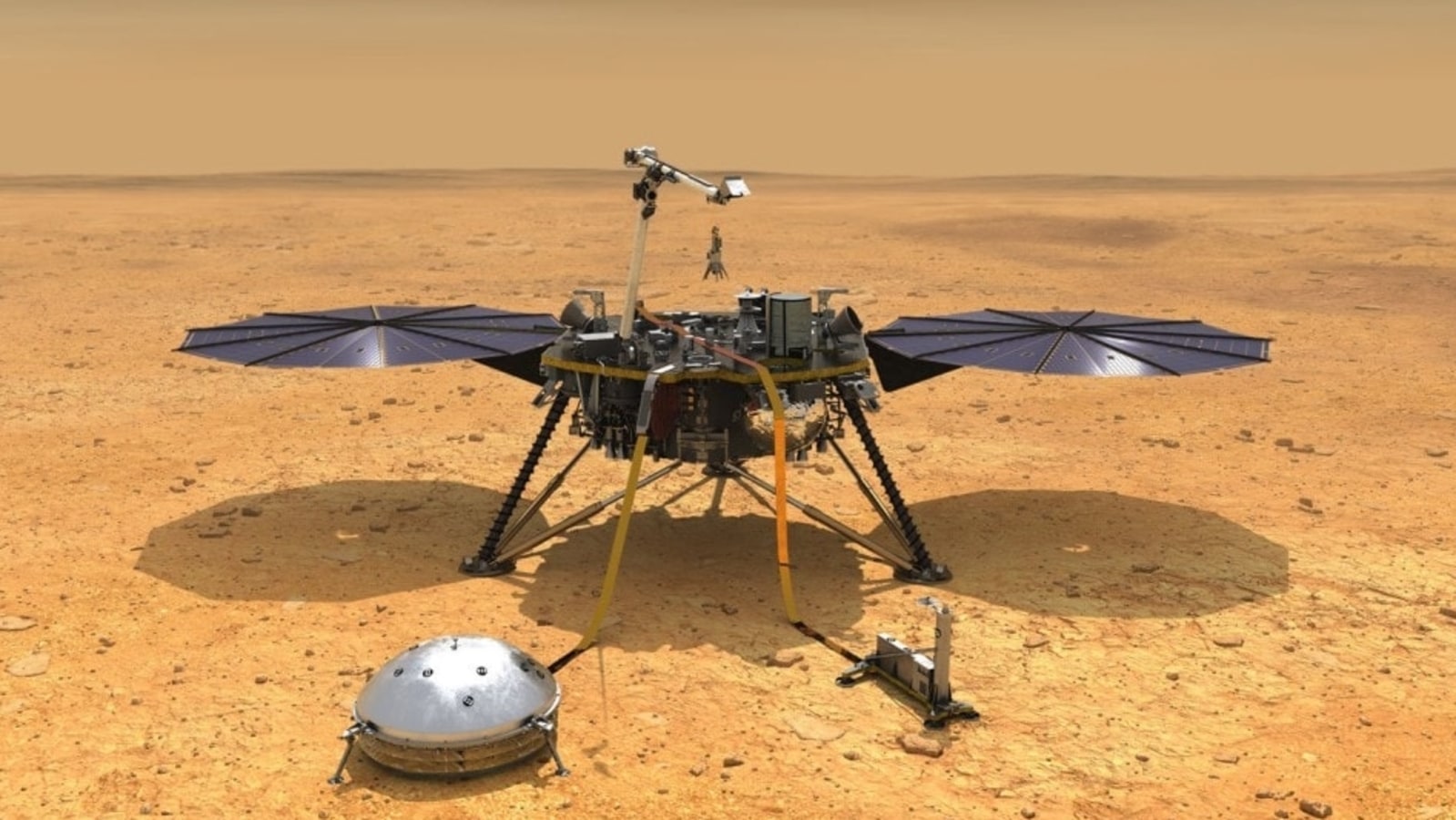NASA retires InSight lander after four years on Mars
NASA said farewell on Wednesday to the InSight lander that spent four years probing the interior of Mars.






 View all Images
View all ImagesNASA said farewell on Wednesday to the InSight lander that spent four years probing the interior of Mars.
The US space agency said mission control had been unable to contact the spacecraft on two consecutive attempts, leading to the conclusion that its solar-powered batteries have run out of energy.
"InSight may be retiring, but its legacy -- and its findings from the deep interior of Mars -- will live on," NASA said.
The space agency said it will continue to listen for a signal from the lander, which last communicated with Earth a week ago, but it is considered unlikely after months of Martian dust accumulated on its two solar panels, sapping its power.
"We've thought of InSight as our friend and colleague on Mars for the past four years, so it's hard to say goodbye," said Bruce Banerdt, the mission's principal investigator at the Jet Propulsion Laboratory in California. "But it has earned its richly deserved retirement."
InSight was one of four missions currently on the Red Planet -- along with the US rovers Perseverance and Curiosity and China's Zhurong.
It arrived on Mars in November 2018 to study the interior of the planet and its seismometer, made in France, paved the way for great advances.
Seismic waves, varying based on the materials they pass through, offer a picture of the interior of the planet.
For example, scientists were able to confirm that the core of Mars is liquid and to determine the thickness of the Martian crust -- less dense than previously thought and likely consisting of three layers.
The lander yielded details about the weather on Mars and lots of quake activity.
Its highly sensitive seismometer detected 1,319 marsquakes, some caused by meteoroid impacts.
"With InSight, seismology was the focus of a mission beyond Earth for the first time since the Apollo missions, when astronauts brought seismometers to the Moon," said Philippe Lognonne of the Institut de Physique du Globe de Paris. "We broke new ground."
NASA managed to extended the lander's mission earlier this year by using its robotic arm and a small scoop to gently remove dust from the solar panels.
Not all of InSight's scientific operations went smoothly, however, such as when a spike nicknamed "the mole" had trouble burrowing below the surface to take the planet's temperature because of the composition of the soil where the robot landed.
The probe, provided by the German Aerospace Center, was eventually buried slightly below the surface and provided valuable data on the physical and thermal properties of Martian soil, NASA said.
Catch all the Latest Tech News, Mobile News, Laptop News, Gaming news, Wearables News , How To News, also keep up with us on Whatsapp channel,Twitter, Facebook, Google News, and Instagram. For our latest videos, subscribe to our YouTube channel.




























